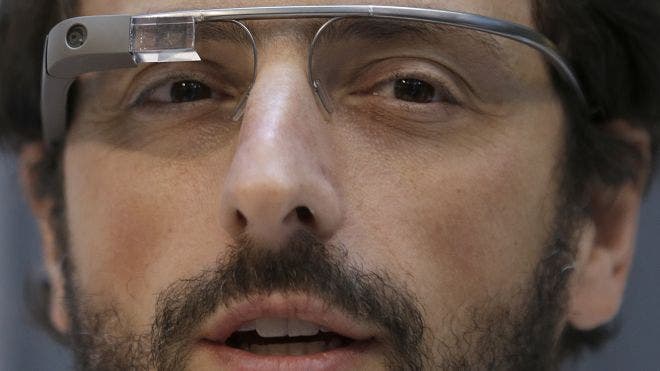 On July 24, 2013, Google not only announced Google Chromecast but also made it available for purchase at the affordable price of $35. Well, what exactly is Google’s new product? Google Chromecast is a physical device, a tad bigger than a USB stick, which allows users to stream content from your Google Chrome browser to any HDTV over a WIFI connection in three easy steps.
On July 24, 2013, Google not only announced Google Chromecast but also made it available for purchase at the affordable price of $35. Well, what exactly is Google’s new product? Google Chromecast is a physical device, a tad bigger than a USB stick, which allows users to stream content from your Google Chrome browser to any HDTV over a WIFI connection in three easy steps.  Users connect the Chromecast to their HDTV in the HDMI port as well as a USB port or wall outlet for power, connect to the Chromecast via a WIFI connection, then stream your favorite shows to be watched on your television. Users can stream online games, Youtube, Netflix, and anything else that can be accessed through the Chrome browser to their HDTV. In fact, Google provided early adopters, who bought Chromecast on the launch day, with a free 3-month Netflix subscription.
Users connect the Chromecast to their HDTV in the HDMI port as well as a USB port or wall outlet for power, connect to the Chromecast via a WIFI connection, then stream your favorite shows to be watched on your television. Users can stream online games, Youtube, Netflix, and anything else that can be accessed through the Chrome browser to their HDTV. In fact, Google provided early adopters, who bought Chromecast on the launch day, with a free 3-month Netflix subscription.
Google Chromecast was launched to compete with the Apple TV, which sells for $99.00, at a fraction of the price. The launch was an instant hit selling out in all of the major online retailers. Furthermore, Google is frantically posting job listings for their Chromecast team in order to meet production and create betas for Chromecast.
Chromecast is able to stream in HD quality to your TV in both 720p and 1080p, though some users reported a little lag in the 1080p streaming. Fortunately though, Chromecast works crossplatform on any machine that can download Google Chrome. In addition, Google is working hard to bring more support and apps for Google Chromecast.
In order for Chromecast to continue to move forward from its successful launch, Google needs to act fast in an effort to make it widely available to consumers.







Ballmer Throwing in the Towel at Microsoft
Everyone fails at some point in their lives, some more than others, but owning up to that failure is the most difficult part of being human. On Friday, Microsoft CEO Steve Ballmer announced that he will be retiring within the next 12 months and also owned up to one of Microsoft’s biggest failures.
After working as CEO for 13 years, Ballmer oversaw many operating systems, software launches and product releases. Through all the success, he admitted that he particularly regretted the launch of Windows Vista the most. In an interview with Mary Jo Foley, Ballmer states,
“I would say probably the thing I regret most is the, what shall I call it, the loopedy-loo that we did that was sort of Longhorn to Vista. I would say that’s probably the thing I regret most. And, you know, there are side effects of that when you tie up a big team to do something that doesn’t prove out to be as valuable.”
It was not until two years later that Microsoft came up with another operating system, Windows 7, to correct the issues Vista was having and derived a whole new look that Windows users are now at ease with. Windows 8 was the last operating system released under Ballmer’s rein. Come October we will see what Bellmer’s plans are for Windows 8.1 and new management will have in store.
Overall, Ballmer is most proud of the impact Microsoft has had on peoples’ lives over the years. Being a part of “the birth of intelligent personal computing” was a significant part of his career. The future for Ballmer is unknown but he is ready for a change and for someone new to spruce up the Microsoft name for the better.